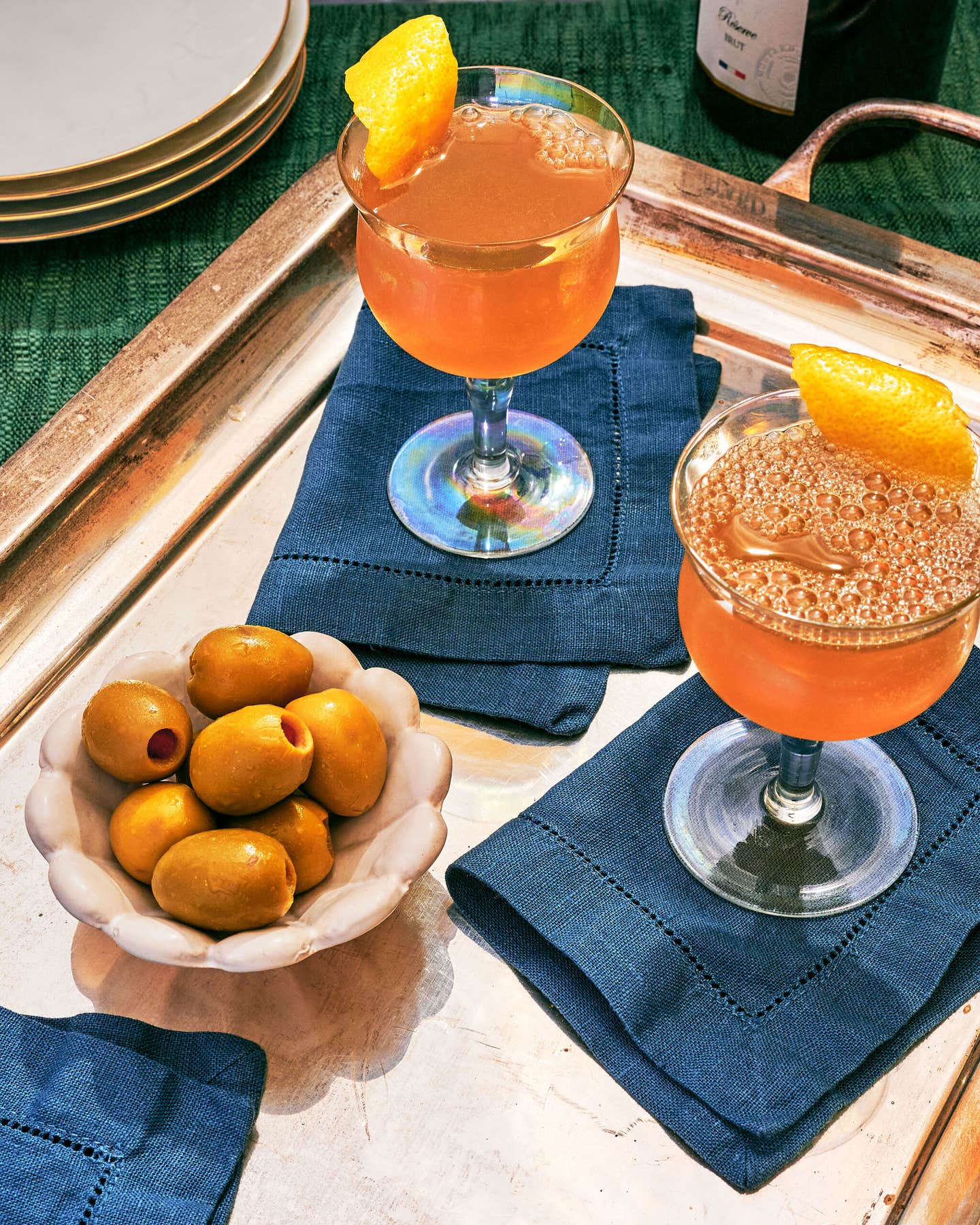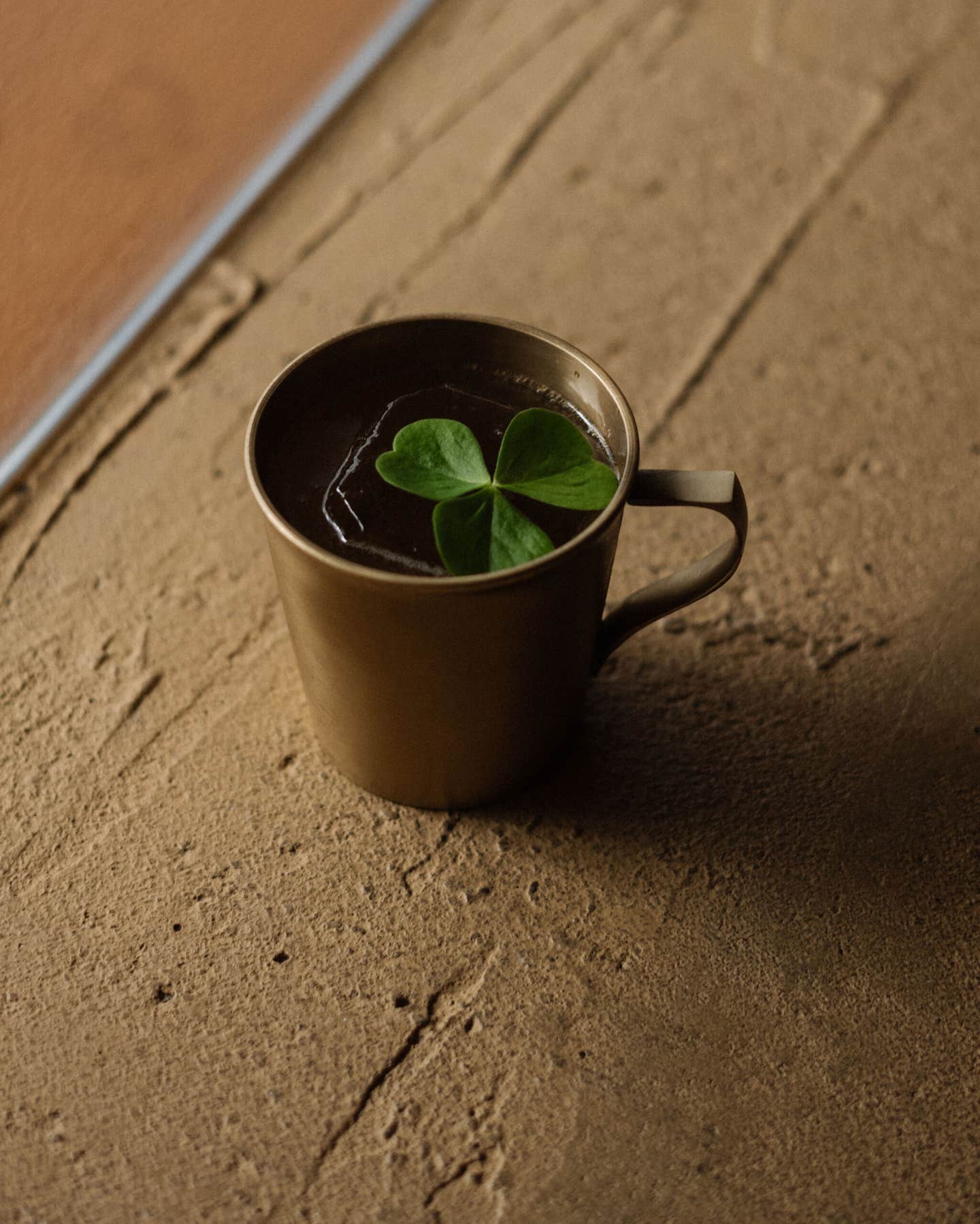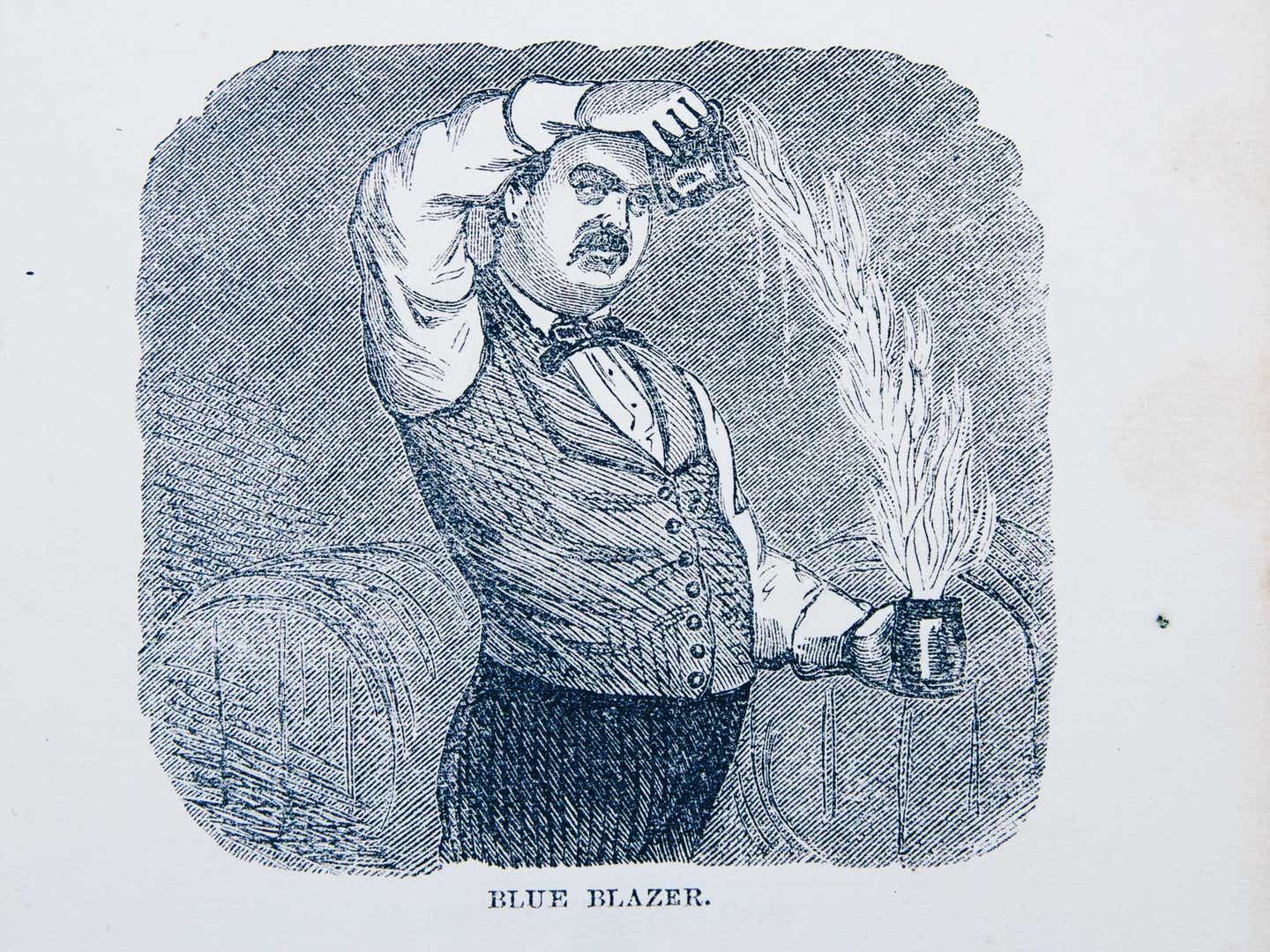
Ancient Mystery Revealed! The Real History (Maybe) of How the Cocktail Got its Name
Spirits historian David Wondrich digs into just how mixed drinks came to be called cocktails
For 15 years, I've been trying to figure out why we call a cocktail a cocktail and where this most useful little invention came from in the first place. Not long ago, my quest saw me poking around a sun-dappled, quiet old churchyard in the pleasant town of Lewiston, New York, where Catherine Hustler—the woman who most assuredly maybe invented the cocktail—sleeps her sleep. More recently, it found me fiddling with my phone on London's busy Borough High Street, just south of London Bridge, as the lunchtime crowds swirled around me, trying to get a decent picture of an anodyne modern office building distinguished only by the three sculpted blue musicians walking, for reasons of their own, straight up its façade. Here, 300 years before the arrival of the blue musicians, stood the apothecary shop of one Richard Stoughton, who quite possibly also invented the cocktail.
The history of the cocktail—and here I mean the original cocktail, the ur-mixture of spirits, bitters, sugar, and water that spawned the whole enticing tribe—has (perhaps not surprisingly) always been like this: heady with false leads and spiked with treacherous maybes. Indeed, while it's become much easier to find a proper cocktail in the last 15 years, the state of knowledge about the cocktail's origin and etymology really hasn't progressed much since William Grimes summed it up in his landmark 1991 history of American mixology, Straight Up or On the Rocks: "The word 'cocktail' … remains one of the most elusive in the language."
There were plenty of theories floating around in old cocktail books, most of them swiped from newspapers and based on nothing more solid than supposition, it-stands-to-reason, and even out-and-out fiction. According to these accounts, the cocktail was invented in Mexico and named after an Aztec princess; in New Orleans and named after a French egg cup; in Four Corners, New York, by one Betsy Flanagan; world without end. There was no proof for any of them. Consensus, anyway, had it that the cocktail was an American drink—at least that's what Charles Dickens and a host of other smell-fungus British travelers visiting America in the 1830s and 1840s grudgingly conceded. As for the name, the great H.L. Mencken sat down in 1945 to thresh out the question, finding seven plausible theories. Plausible, but not probable: None had any direct evidence to support it. Things had advanced little by the time Grimes got to the question.
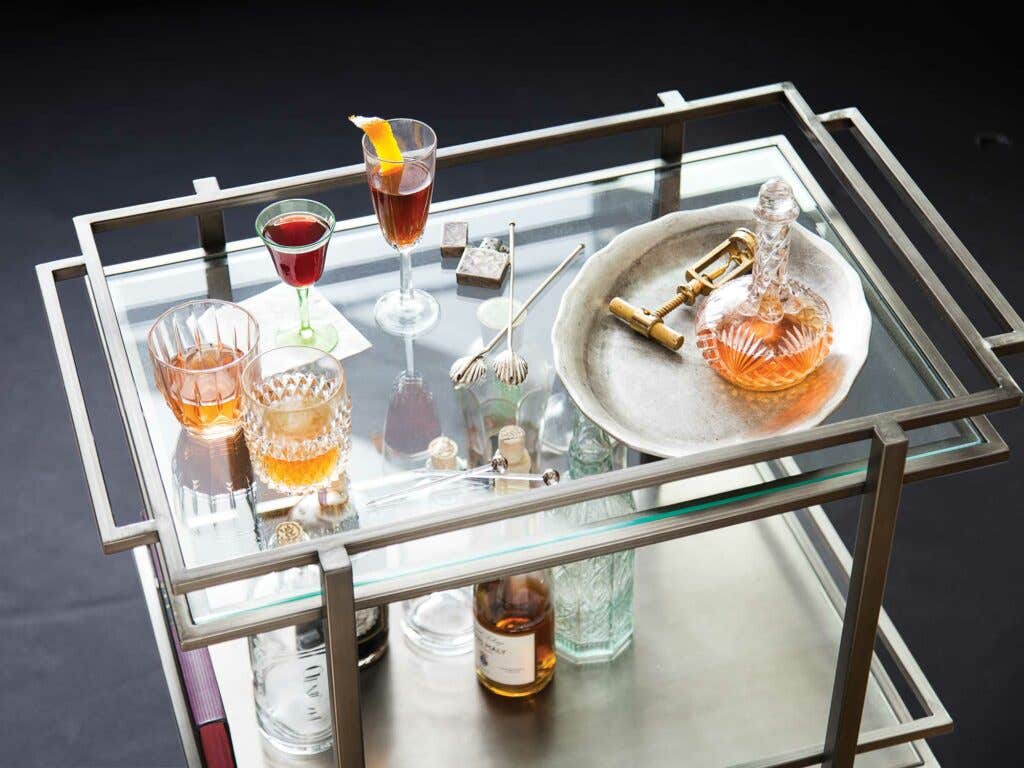
While writing the biography of Jerry Thomas, the man who wrote the first bartender's guide, it was more or less obligatory for me to tackle the origin of the cocktail itself. An academic in a past life, I fell back on my training and assembled the earliest references to the drink I could find. There were three, each of them considered canonical. The first is the Betsy Flanagan story, which is found in one of James Fenimore Cooper's more obscure novels, The Spy: A Tale of the Neutral Ground, set in Westchester County, New York, during the dark days when it was a violent no-man's-land between the Continental Army and the British. In the book, the salty Elizabeth "Betty" (not Betsy, as legend has it) Flanagan keeps a rough tavern, and Cooper characterizes her as "the inventor of that beverage which is so well known at the present hour [i.e., 1821], to all the patriots who make a winter's march between [New York City and Albany], and which is distinguished by the name of 'cock-tail.'" Then there was the well-worn 1806 citation from the Hudson, New York, Balance and Columbian Repository, a political paper that defined a cocktail as that mixture of spirits, sugar, water, and bitters that we know today. Finally, there's a widely quoted line from Washington Irving's Knickerbocker's History of New York, first published in 1809, in which he describes the Marylanders as laying claim to "those recondite beverages, cock-tail, stonefence and sherry-cobbler."
An afternoon at the New York Public Library let me eject Irving's unruly Marylanders from the story. The cocktail, it turns out, is one of the many things he slipped into the 1848 “Author's Revised Edition” of his book. By then, he could have gotten a cocktail at any bar (and after 40-odd years of editing his book he probably needed one). Yet another visit to the library brought the no doubt equally unruly New Hampshirites into the story (back then, pretty much all Americans were unruly). A computerized newspaper database—something neither Grimes nor Mencken had access to—kicked up an article from that state satirizing the fast young men of its day by printing what was purportedly an extract from one of their diaries. In it, the hungover young gent, feeling “rather squally,” drinks “a glass of cocktail” and pronounces it “excellent for the head.” That was in 1803, making it the earliest known reference to the drink.
Based on those three documents and a few other mentions I turned up in New York newspapers of the 1810s, I concluded in Imbibe (as I titled my book when it came out in 2007) that the cocktail was first named and popularized somewhere in the Hudson Valley, or at least in the rough triangle between Boston, Albany, and New York. As for where it was born—well, unfortunately for my pride as an American and a New Yorker, I couldn't stop at just looking into the word itself; I had to look into the cocktail before it was called the cocktail.
Using those new digital databases, I began looking into the cocktail's formula, and in particular the bitters, its defining ingredient (without them, it was merely a “sling,” an older drink of not much interest). It didn't take long to turn up a plethora of ads in London newspapers of the 1690s and early 1700s for the “Elixir Magnum Stomachicum” that our man Richard Stoughton sold from his apothecary shop south of London Bridge. “Stoughton's Bitters,” as they came to be called, were the same sort of concentrated extract of roots, barks, peels, and such that bars are dashing all over the place today, and in his ads he recommended taking them in brandy or wine as a hangover cure. The brandy of the day was generally sweetened, as was the Canary wine he recommended, which puts us perilously close to the definition of the cocktail and makes Dr. Stoughton the inventor of the cocktail, and his shop—it took me until last year to pinpoint its exact location on Borough High Street—its birthplace.
In any case, by the middle of the 1700s, gin and bitters, brandy and bitters, and wine and bitters all appear frequently on both sides of the Atlantic. Indeed, in May 1783, when British officers were meeting with George Washington and his staff to arrange the British surrender of New York, "Washington pulled out his watch," as the Loyalist William Smith recorded in his diary, "and observing that it was near Dinner Time, offered Wine and Bitters." With this we should bear in mind the New Orleans Daily Picayune's 1844 observation that "although the term of 'wine-and-bitters' be in appearance specific, it is indeed one of the most generic which the wealth of the English language furnishes," and it is easily comprehended as the cocktail itself. Was the Father of His Country the host of the first cocktail hour on record? It's possible.
Well, if the formula was an English one, at least the name of the cocktail was American, or so I believed, although I still couldn't adequately explain it. Then the Internet threw a curveball. The year after I published Imbibe, the drink historians Jared Brown and Anistatia Miller pulled another massive nugget from the online newspaper databases: a 1798 mention of the word "cocktail" in a satirical item (one does detect a theme) claiming to be the long, itemized bar tab a bunch of legislators ran up at a local watering hole during their most recent session. The curve: The newspaper was a London one and the legislators were, well, British. So. The cocktail, our cherished national institution, is not ours at all?
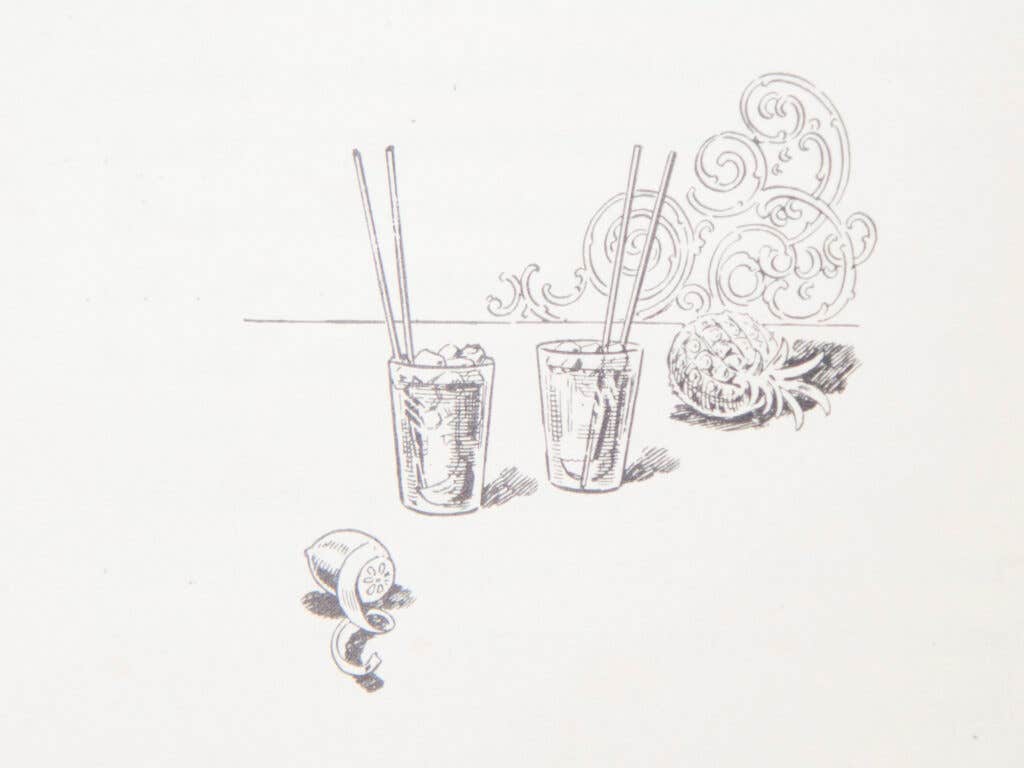
After moping around for a few days, or maybe months, I pulled myself together and started to look into this new bit of evidence, discovering that, while it wasn't quite what it seemed, it nonetheless unlocked the solution to the drink's name. The explanation gets a little close-grained, but I'll try to be as clear as I can. The 1798 mention reads thus: "[Mr. Pitt] 'cock-tail' (vulgarly called ginger)." There's also a price: three-quarters of a pence. That turns out to be key, since it's the second-cheapest drink on the list, and priced far below anything with spirits in it. If it's a cocktail, it's not our cocktail. What, then, could it be? This brings us to that "ginger." First of all, the author's "vulgarly called" is a bit of (weak) wordplay, since "ginger" is in fact the official, common name and "cocktail" the slang term, albeit a most obscure one. (The sporting writer John Badcock put it properly in his 1825 Sportsman's Slang when he stated simply: "Cock-tail—is ginger"). But if "cock-tail" is a nickname for this ginger beverage, then why was it called that?
The answer, I believe, is both weird and rather gloriously distasteful, but sometimes history is like that. Among the many curious definitions found in Francis Grose's 1785 A Classical Dictionary of the Vulgar Tongue, a work with which I have been obsessed for nigh on 30 years, is the one for the verb "to feague" (aka "to fig"), which Grose defines as to put "ginger up a horse's fundament, to make him lively and carry his tail well." A horse dealer would do this before exhibiting the poor ginger-suppositoried beast for sale, a raised or cocked-up tail being a sign of a spirited horse. Grose goes on to add that the term is "used figuratively for encouraging or spiriting one up." Yes, well.
Confirmation that feaguing and "cock-tail" are indeed related is provided by a little piece of political satire printed in 1790 in a provincial English newspaper, in which the writer, deploying the term in (I hope) the figurative sense, claims that a certain clergyman "hath been guilty of monopolizing all the ginger and pepper in the neighbourhood, to make the asses who vote for Sir Gerald Vanneck cock their tails." That's also how "cock-tail" seems to be deployed in The Prelateiad, an almost impenetrably obscure Dublin verse satire from 1789, which refers to cayenne pepper's "cock-tail virtue."
If “cocktail” is being used here as a compound noun—structured like “kill-joy,” “cut-purse,” and “bust-head”—that means “pepper-upper,” then that's exactly what Henry Irvine, an English correspondent of Mencken's, theorized in 1938. Mencken printed the conjecture as the fifth of his seven etymologies, but neither he nor Irvine could cite anything to prove it. Now, we've got the evidence—and small wonder that it was well-hidden; the practice of feaguing loses its usefulness the more widely it is known, and this use of “cock-tail” would have been confined narrowly to sporting circles.
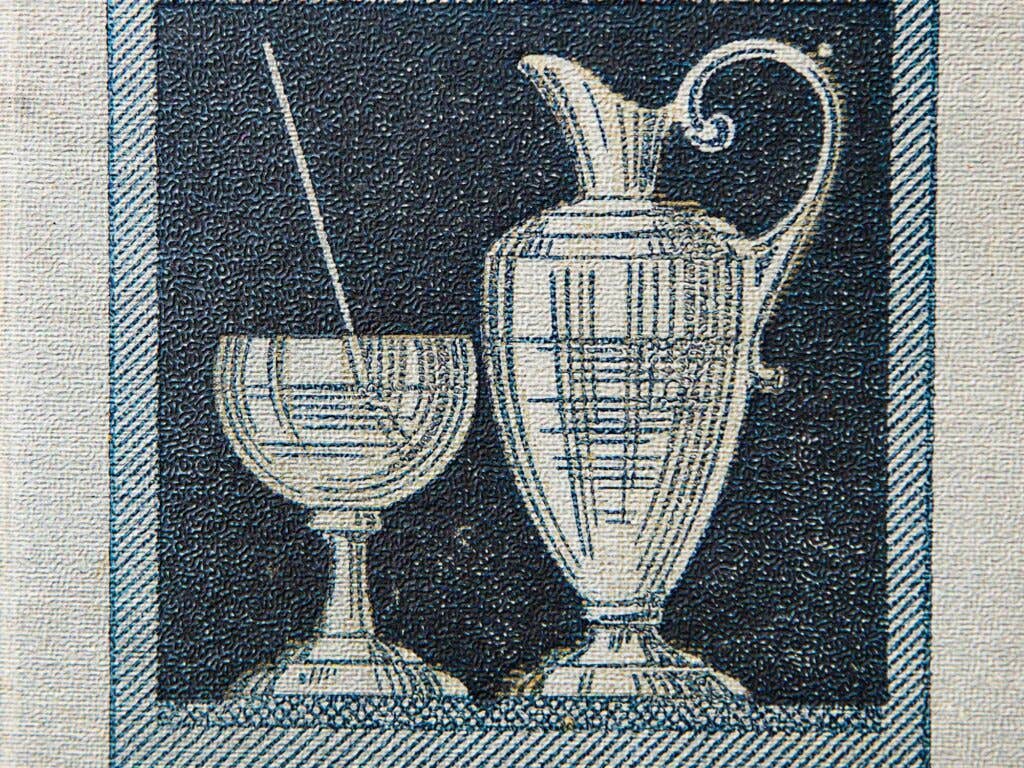
In England, the cocktail remained the stimulant—ginger or sometimes hot pepper—that you added to a drink, which is how we find Badcock using it in 1828 when he talks about “gin and beer, or both, combined with a scratch or two of cock-tail in it.” In America, however, we extended the name of the spicy element to cover the whole shebang, as we can see from the recollection by William Crawford, a Pennsylvania farmer-distiller, that in the years after the Revolution he used to drink “‘Cock-tail’ with pepper in it.” By 1806, we had dropped the ginger and the cayenne for the more palatable (and shelf-stable, an important consideration in the American hinterland) bitters. Thus did the very English gin-and-bitters become the very American gin cocktail—which, as if to live up to its name, was generally considered a morning drink for the first half-century of its existence.
Of course, we still don't know everything. We still don't know who switched the ginger or pepper for the bitters. There is one surprising avenue for further research: our old friend Betty Flanagan. Sure, Cooper's tale was fictional, but word was he consulted actual veterans of the Revolution while writing The Spy, and based many of his characters on them. In Elmsford, New York, the town that included Four Corners, a tradition survived well into the 20th century that she was one of them, if you can call her a veteran, and that her tavern was the old Ledger House, then still standing at the corner of Saw Mill River Road and Tarrytown Road. Cooper lived in nearby Scarsdale while he was writing The Spy, and could easily have picked up that tradition. Meanwhile, Lewiston, where I spent the afternoon poking around the churchyard, also had—and still has—a tradition: that Betty Flanagan was based on Catherine "Kitty" Hustler, who moved there from Westchester, along with her husband, Thomas, in 1800 and kept an inn until their deaths many years later. Yes, it sounds pretty sketchy, but the thing is I can't for the life of me disprove it—yet. The cocktail beat goes on.
Keep Reading
Continue to Next Story


